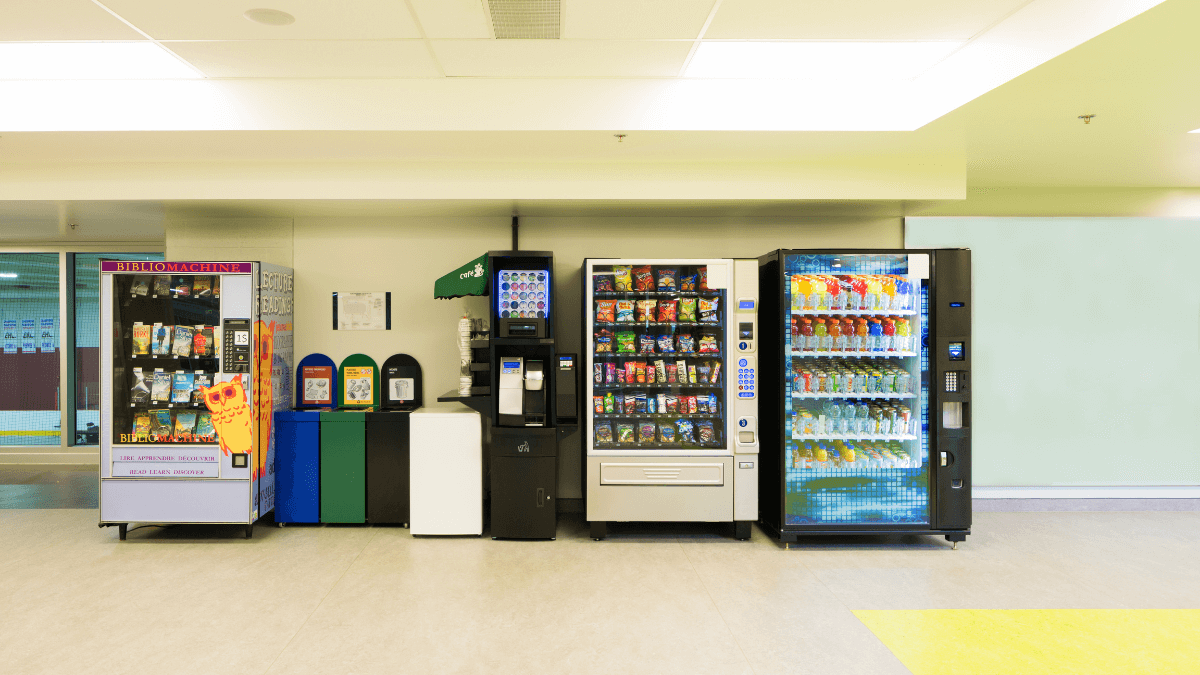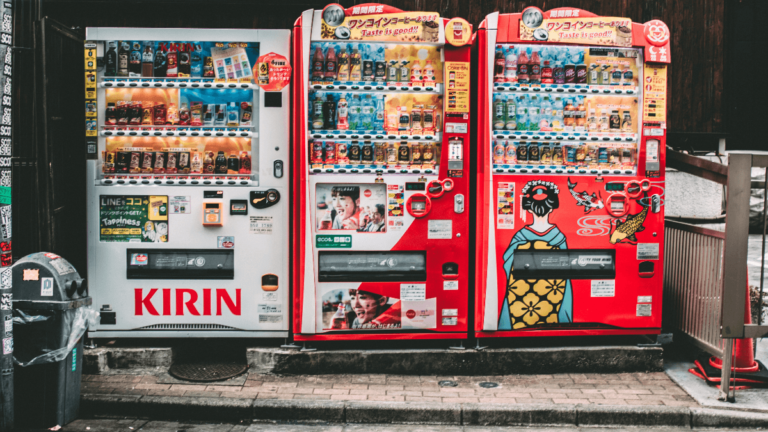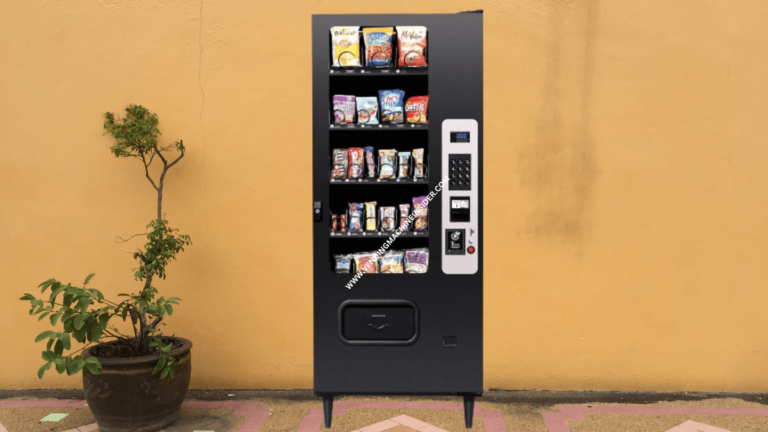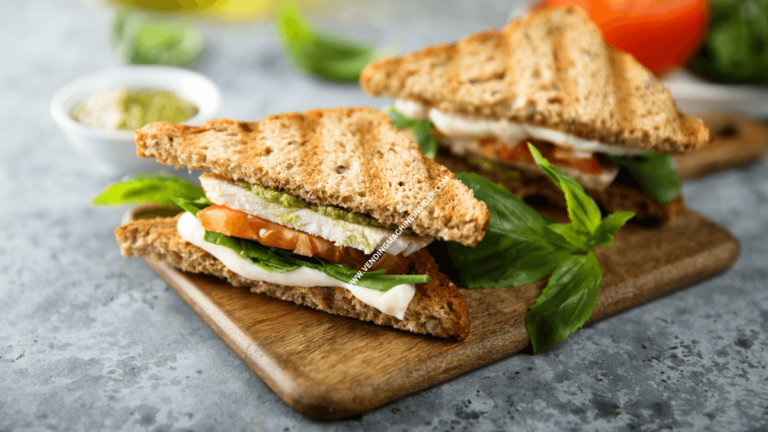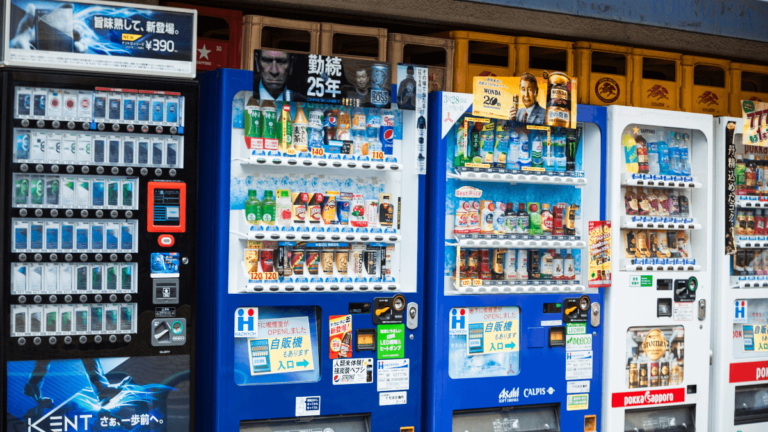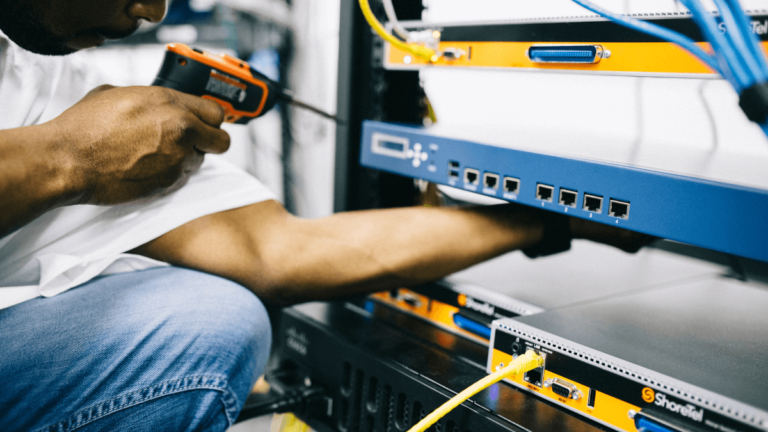How Much Does It Cost To Fill A Vending Machine? Factors Affecting the Cost
Operating a profitable vending machine business requires you to successfully manage several types of costs.
From installation and rent to maintenance and gas, you should keep track of everything to ensure you make good money.
One of the most critical costs to consider is inventory restocking. Your sales need to be at least equal to the cost of the stocking so you’d break even then start bringing in a proper profit.
This brings us to the question: how much does it cost to fill a vending machine?
The Cost to fill A Vending Machine widely varies from – the vending machine’s size, the traffic it gets, the type of products it sells, and the supplier. But as a rough estimate, smaller vending machines can cost around $200 to $300 to stock while bigger vending machines can cost $400 to $500 to fill.
Today, we’re discussing the different aspects affecting the cost of stocking a vending machine’s inventory to help you turn a decent profit.
READ MORE: How Do Hot Food Vending Machines Work?
How Much does it Cost to Stock a Vending Machine?
The amount of profit you can gain from operating a vending machine business varies according to a range of elements including the cost of the machine, the rent of its location, the cost of the inventory, as well as the traffic it gets.
Here, we’re focusing on the stocking aspect since it can significantly boost your earnings given that you manage it effectively.
If you’re thinking about entering this type of business or you’re a new member of the club, you should know that no one can give you an exact value of the stocking cost simply because there are a lot of variables to consider such as:
- The type of products you’re selling
- The suppliers’ price points and minimum order volumes
- The type of vending machine you’re operating
- The number of vending machines you’re operating
- The number of units sold of each product within service gaps
As you can tell, there are plenty of conditions that can affect your restocking costs.
As a rough estimate, a smaller vending machine can cost about $200 to $300 per refill while a larger vending machine can cost over $500 to stock.
Factors Affecting the Cost of Stocking a Vending Machine
To help you understand how managing the inventory of a vending machine works and how different factors can play a role in determining the amount of money you make, here’s a simple breakdown of the elements affecting the stocking costs in vending machines:
1. Type of products
The type of products you sell in your vending machine has a huge say in the cost of restocking due to differences in their prices and popularity.
To boost your sales, you have to be smart about selecting your products’ range. It’s best to stock according to the specific needs of the location rather than trying to include a wider spectrum of items.
The form of the products is also worth considering. Beverages, especially sodas, tend to sell faster than snacks so you’ll be stocking the former more frequently.
Sodas also have a longer shelf life compared to food items, so while it’s okay to buy a large number of sodas to achieve a certain discount since you know you can keep them for a long time, you can’t really do the same with snacks.
2. Suppliers’ price points and minimum order volumes
You can get different prices and minimum order volumes depending on the supplier you work with. For example, one supplier may charge you a bit more but require you to purchase only 50 units per deal while another supplier may offer lower prices but requires you to buy at least 500 units.
In any case, you should seek suppliers within your budget, preferably ones who offer bonuses, easy payment plans, and quick delivery. Make sure your suppliers provide high-quality products and have good customer service.
3. Type of the vending machine
The type of the vending machine refers not only to its operating system but also to its size and design.
Newer vending machines have more intuitive interfaces that are easier and quicker to use and less likely to jam or glitch.
As such, they attract more customers and encourage them to come back. This leads to increased sales and more frequent restocking, resulting in higher filing costs.
Similarly, vending machines with glass fronts where you can see the products on display tend to attract more customers. Again, this means increased sales and more frequent restocking.
The size of the vending machine also impacts the stocking costs. A larger capacity means more products and higher costs.
4. Number of vending machines
This one is pretty predictable — the more vending machines included in your operation, the more money you’ll have to spend to restock them. Keep in mind that the number of machines you operate can differ depending on the variety you’re aiming to provide.
More diversity in your products will result in more customers visiting your machine, but it can also mean that certain products will run out faster than others. You should keep this in mind when calculating the restocking costs and tracking the expiry dates of the products.
5. Number of units sold within service gaps
Knowing how many units you sold within certain periods gives you a better idea of the level of traffic you’re serving, which affects the frequency of refilling the vending machine and -consequently- the restocking costs per month.
How Often Do Vending Machines Get refilled?
The frequency of refilling a vending machine depends on the type of product it’s selling and the traffic it’s getting.
That said, a snack or candy vending machine is generally restocked twice a month, whereas a beverage machine in a high-traffic area will probably need refilling twice a week.
In a low-traffic location, you may be looking at two or three months between refills.
Wrap Up
So how much does it cost to fill a vending machine?
Well, it should be clear by now that the answer varies widely depending on many factors such as the type of products, the suppliers, as well as the type and number of vending machines,
